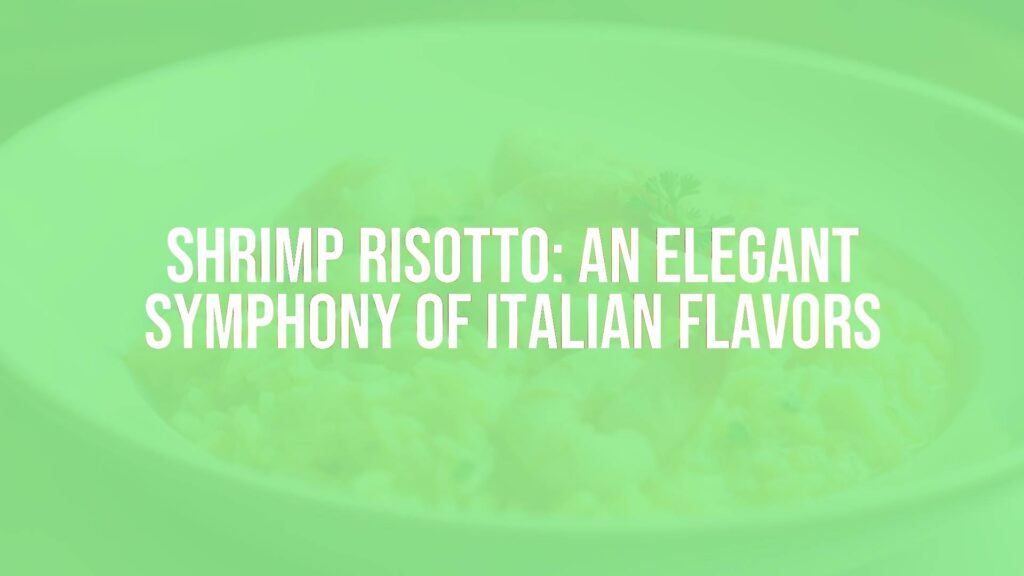Shrimp Risotto: Characteristics and Appeal
Shrimp risotto, or “risotto ai gamberi,” is a cherished Italian main course that spotlights the harmonious union of creamy rice and succulent seafood. Known for its luscious, velvety texture and distinctive brininess from fresh shrimp, this dish stands as a testament to the Italian art of balancing simple ingredients to create bold flavor. Its characteristic pale golden hue is often punctuated with pink accents from the shrimp, while subtle hints of garlic, wine, and herbs entice the senses.
Origins and Cultural Significance
Risotto as a cooking method blossomed in northern Italy, particularly in the rice-growing regions such as Lombardy and the Veneto. Though classic risotto milanese is renowned for its saffron notes, seafood risotti—like shrimp risotto—became popular in coastal and lagoon regions, including Venice and Liguria, where fresh fish and shellfish abound. The dish reflects both Italy’s agricultural pride in arborio or carnaroli rice and its maritime culinary traditions.
Key Ingredients and Preparation
The hallmark of shrimp risotto lies in the quality of its core components. Essential ingredients include:
- Arborio or Carnaroli rice: These short-grain varieties absorb flavors well, releasing starch that imparts the signature creaminess.
- Fresh shrimp: Often peeled and deveined, sometimes with shells used to enrich the cooking broth.
- Onion or shallot, garlic, and white wine: Classic aromatics lay the flavor foundation.
- Broth: Either seafood or vegetable stock ensures depth; homemade shrimp stock is a luxurious upgrade.
- Butter and olive oil: Used for the traditional “mantecatura”—stirring in at the end for a rich finish.
- Parsley and lemon zest: Provide freshness and lift to the delicate seafood flavors.
Texture, Flavor, and Appearance
Shrimp risotto is celebrated for its creamy yet al dente consistency—each grain of rice tender but still holding its core. The base is savory and subtly sweet, enhanced by the marine taste of shrimp and the brightness of herbs and citrus. The final dish is typically finished with a glossy sheen, presenting plump shrimp atop the rice, garnished with a sprinkling of fresh herbs.
Regional Variations and Adaptations
While traditional shrimp risotto remains anchored in coastal Italian culinary practice, regional interpretations abound. In some areas, tomato is added for color and depth, or a hint of saffron for an extra layer of aroma. Elsewhere, a mix of seafood—such as scallops or calamari—may join the shrimp for a more complex “risotto ai frutti di mare.” Substitutions like langoustines or prawns are also popular, depending on local availability.
Serving Suggestions and Pairings
Shrimp risotto is best enjoyed immediately, served piping hot as a primo (first course) or a satisfying main dish. Its savory richness pairs beautifully with crisp white wines—think Pinot Grigio, Vermentino, or a light Soave—to complement the subtle seafood flavors. For an elegant finishing touch, garnish with extra parsley, a drizzle of quality olive oil, or a twist of lemon.
Whether showcased as a star attraction at festive gatherings or savored in the comfort of home, shrimp risotto captures the essence of Italian kitchen artistry: simple yet vibrant, always deeply satisfying.

